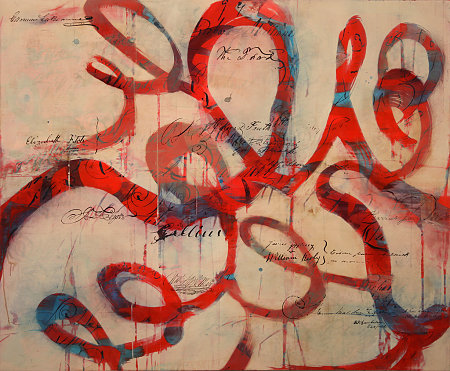
Two Burials
1. Burial: Skateholm Cemetery (Sweden, 5200-4500 BC)
Fill their bellies with fish
when death makes its approach
and our feast will be the same,
throwing bones and remnants
in the filling grave, their
bellies and our bodies
lavished with fish for life
or death. Depending on whom,
give them tools or ornaments,
axes or animal-teeth belts,
and dress them in the rattled clothes
of sewn-in bones from the wild.
Dust their bodies red with
ochre, and give them the
crowned knives of the red deer—
give them their antlers for
underground, or their old dog.
Burn the platform over
the grave and mix earth and
ashes with all the bones,
all fuel, food and waste,
and remember the good death,
the well-observed dying.
2. Burial: Oleneostrovskii Mogilnik Cemetery (Russia, 6400-6000 BC)
For them, the water and
the deep meant Underworld,
and so an island in
Lake Onega summed it up:
every spring or autumn
some new boat and body
accompanied by others
and by the drum, by swans
passing or the adored
waterbird—the one who
fashioned home everywhere,
land and air and the deep—
to the liminal island.
Buried amid them were
pendants, necklaces, and
headdresses dreamt up from
moose incisors, bear tusks
and the teeth of beaver;
there were daggers of bone
and knives of slate, there were
harpoons and fish hooks and
antlers carved into the
likeness of moose or snake
or an actual human face,
graves covered in ochre
and sealed by sand and a
covering of stone.
For two centuries maybe,
this is how it went for
five hundred of them, all
but the shamans facing east,
shamans west, to where the
Underworld opens, shamans
like waterbird and bear,
shamans like moose and deer,
shamans of their three-tiered
world and their central world tree,
travelling that pole from
upper sky to middle ground
to underworld, everything
linked from teeth to drum, from
swan to dagger and the
great bear, up the pole and
down, stars to scattered ochre.
